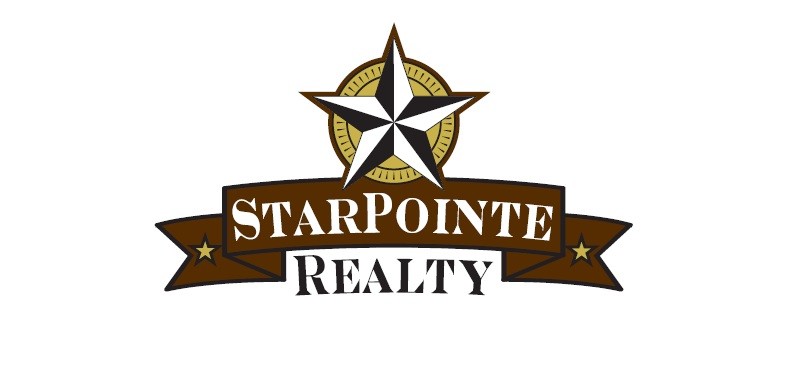Previous < The PACE Strategy
What the Price is Not
There are many different sources that in some way evaluate a “price” or value of your home. The listing price is the only one we control, and we will talk about it in a minute. Let’s first talk about the fair market value of your home by describing what it is not:
TAX ASSESSMENT ≠ PRICE
The tax assessment is for tax purposes only, and has little to do with a property’s actual market value. Sometimes it is close, other times it is wildly high or low (if high, I recommend appealing your tax assessment to get your tax burden down – and don’t forget your Texas Homestead Exemption!).
APPRAISAL ≠ PRICE
The appraisal is for lender purposes only. Your house will probably be appraised by a buyer who is getting financing. Hopefully, your home will appraise for more than the price (or it could kill the deal). The appraisal is an important part of the buying process, but it is not the determinant of your home’s final price.
LISTING PRICE ≠ PRICE
The listing price is for marketing only. This is the key one! What you ask for your house is not necessarily your home’s actual value. The asking price is a marketing tool. The goal is to price your home right to get the most people in your door and interested in your home. Once you’ve captured their interest, then the offer process begins during which you will settle on the actual price. It is often higher or lower than your original listing price.
Home Value
“So what is my home’s actual value?”
Your home’s real market value is defined as only one thing: The price at which a buyer is willing and able to pay for your home and you are willing and able to sell.
We cannot force a price on a buyer. It depends entirely on their means and motivation. However, my work for you and our marketing will seek to maximize your home’s appeal and maximize what a qualified buyer is willing to pay, getting you the most possible.
The Listing Price
Your listing price is the #1 best and most important method of marketing your home. When a buyer is deciding between 20 similar homes which 10 they want to spend their weekend viewing, a few thousand dollars can be the difference between their seeing your home or not. Buyers never see homes that don’t make that list, and no matter how awesome your home is, they will never know because they never walked through your door. A competitive listing price is the most important element to getting your home sold quickly and for the most.
“So, what is a good listing price?”
The best listing price is generally as close to the fair market value of your home as possible. This is where your target demographic is looking.
“But listing higher leaves room when the buyer negotiates the price down.”
Don’t plan on negotiating down. My own philosophy is that it is better to list close to fair market value and not plan on negotiating down, rather than to list higher with the expectation of negotiating down. That is because your higher list price is going to turn off potential buyers. Get the buyers’ attention, interest, and offers first, and then we can play hardball depending on how the negotiations go.
The other awesome advantage of listing at the fair market value is that we will have a market analysis justifying our price. The buyer tries to negotiate down? We send them our market analysis showing we didn’t pull a number from thin air. The home is already a fair price, and we are in a stronger position in the negotiations.
Targeting Your Target Demographic
Below is an illustration of the consequence of over asking for your home. You want to attract qualified buyers looking for a home in your home’s price range. The farther away you get from a fair market value of your home, the fewer such buyers will see your home.
Most buyers have a price range they are searching, usually plus or minus $10,000-$25,000 in the Fort Hood area.
For example, a buyer might be looking for homes between $130,000 and $150,000. Maybe your home is realistically worth $145,000, but you are determined to try for higher, or leave yourself room to negotiate down later, and list at $155,000. Well, the $130-$150k buyer who might be a perfect fit for your home will never even see your home, if they aren’t even searching homes over $150,000.
Determining the Price
“How do you determine the fair market value of my home?”
We arrive at the fair market value by looking at properties that are comparable to yours that have sold in the last six months, expired in the last six months, or are still active. Remember, our goal is to get the most qualified buyers inside and excited to see your home
SOLDS. These show us the terra firma of reality, which homes are selling and for how much in your area. You want your listing price to be firmly within this range.
ACTIVES. These are your competition. Remember that buyers look at an average of 10 homes, so you want to be sure your listing price is in the top ten or better of all the current active comparable homes. These listings also represent only the hopeful wishes of their owners, not necessarily the reality of what homes are selling for. This is where having the REALTOR® sold data is helpful. It shows not what sellers would like for their home, but what they are actually getting.
EXPIREDS. This is the no-man’s land of homes. These are homes that did not sell during the term of their listing agreement, often having been on the market for a year or more. They may not have sold because of the condition of the property, or because they were overpriced. You want your home listed well out of the range of most expired listings.
Next > Accessibility


